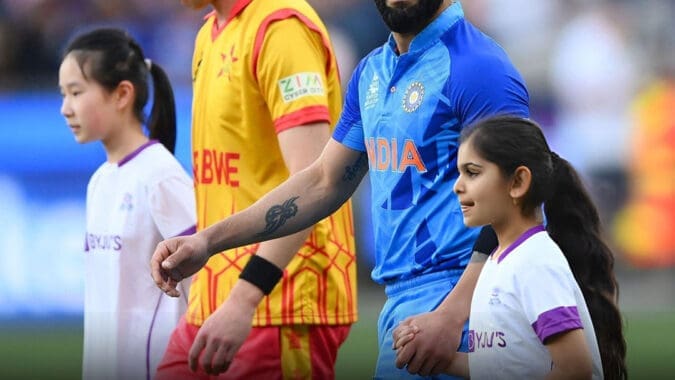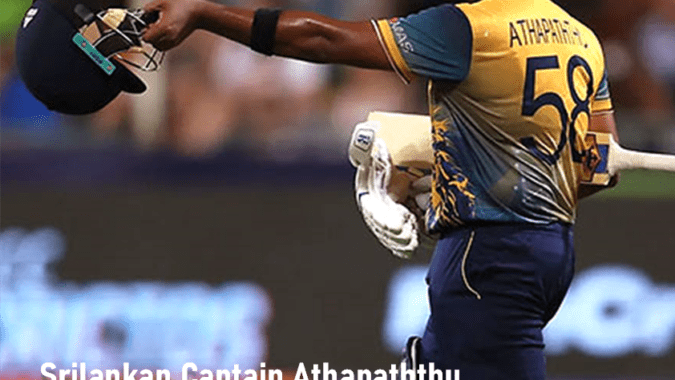
Tim Southee’s Dedication to Test Cricket: Leading New Zealand on the Subcontinental Tour
In an era where the rapid rise of T20 leagues has captivated both players and audiences alike, Tim Southee, New Zealand’s seasoned fast bowler and Test captain, remains steadfast in his love for the longest format of the game. For Southee, Test cricket isn’t just a format; it’s the embodiment of the sport’s deepest challenges, requiring both mental and physical endurance. In a world increasingly dominated by the shorter formats, Southee’s commitment to Test cricket is not just noteworthy—it’s a testament to his enduring passion for the game.
Southee recently reiterated this sentiment, emphasizing that Test cricket is the format he holds “closest to the heart.” Despite the allure of T20 leagues, with their glitz, glamour, and financial rewards, Southee has managed to maintain his focus on the more demanding, traditional form of the game. “Format-wise, I think Test cricket is still the pinnacle for me and the format I hold closest to the heart,” Southee declared, as reported by ESPNcricinfo. His words resonate with a deep respect for the history and integrity of cricket, at a time when many players are drawn to the excitement and monetary incentives of shorter formats.
New Zealand’s upcoming cricket calendar is nothing short of grueling, with a heavy emphasis on Test cricket in the subcontinent. The team is scheduled to play six Tests in Asia, beginning with a one-off match against Afghanistan in India on September 9. This will be followed by a two-match series against Sri Lanka and a three-match series against India, concluding with a three-Test series at home against England later in the year. Such a packed schedule, especially in the challenging conditions of the subcontinent, presents a unique set of challenges for the New Zealand squad, particularly for Southee, whose role as a fast bowler and captain will be critical.
As the New Zealand team prepares for this demanding stretch, discussions about team composition and player workload management have become increasingly important. The prospect of resting key players, including Southee, has been a topic of conversation. New Zealand head coach Gary Stead has hinted at the possibility of leaving Southee out of the playing XI in some Asian games, to accommodate more spin bowlers—a common strategy in subcontinental conditions where the pitch often favors spin.
Spin bowling plays a pivotal role in the subcontinent, where pitches tend to be slower and offer significant turn. Recognizing this, Stead has considered a spin-heavy strategy for the upcoming Tests, which might mean resting Southee in favor of more spinners. This is a strategic decision aimed at maximizing New Zealand’s chances in conditions that traditionally challenge fast bowlers. Despite being the Test captain, Southee has expressed his openness to stepping aside if the conditions demand it, showcasing his selflessness and commitment to the team’s success.
“I think it’s just natural when you come to this part of the world,” Southee said, acknowledging the realities of playing in Asia. “Obviously, spin plays a big part [in Asia], but ideally, I’d like to play all the Test matches available. I love Test cricket, but I understand there’s balance to the side, and obviously, it’s not easy as a pace bowler to be able to play nine Test matches in the next few months. So there’s a lot of Test cricket, so it’s all about managing the workloads. But for me, as long as you’re fit and ready to go, then I’d like to play every game,” he added.
This statement highlights the delicate balance Southee and the team management must strike between player workload and team composition. With nine Test matches on the horizon, managing the physical and mental strain on key players like Southee is crucial. Fast bowling in the subcontinent can be particularly taxing, given the hot and humid conditions, combined with pitches that often provide little assistance to pace bowlers.
To support this spin-friendly approach, New Zealand has included five spin-bowling options for the first three Tests in Asia. The squad features Ajaz Patel, Rachin Ravindra, Mitchell Santner, Michael Bracewell, and Glenn Phillips. Each of these players brings unique skills, with several offering all-round abilities that add flexibility to the team’s selection. This strategy allows the team management to adapt the playing XI based on the specific conditions they encounter during the series. Whether it’s a turning track that requires an additional spinner or a more balanced pitch where fast bowling could play a crucial role, New Zealand has equipped itself with the necessary tools to be competitive.
Southee and Stead have had candid discussions about the team’s balance and the possibility of the captain not playing in every match if conditions heavily favor spin. This kind of open communication and strategic planning is vital for navigating the complexities of a tour in the subcontinent. “Yeah, I guess it was a conversation we had in case that it becomes something that we have to look at,” Southee remarked, indicating that he is fully aware of the potential challenges ahead. “I think, like I said, we’ve got six Test matches in the subcontinent. Balance to your side is something you talk about, but yeah, it may happen, it may not happen, but it’s just something that we’ve talked about, that if it does happen, then we’re across it. So, yeah, I’d love to play every Test match, but you look at workloads and you look at the best sides for the Test match, and that’s how you come up with your team,” Southee explained.
This pragmatic approach underscores Southee’s leadership qualities. He understands that the best team on paper isn’t always the best team on the field, especially when it comes to Test cricket in diverse conditions. It’s about selecting the right players for the right conditions, and sometimes that might mean making tough decisions, even if it means the captain has to sit out.
Interestingly, Southee’s track record in the subcontinent is impressive, despite the challenges it poses for fast bowlers. His career-best Test figures of 7 for 64 were achieved in Bengaluru, India, in 2012. His overall performance in Asia is noteworthy, with a bowling average of 26.50 across 17 Tests, which is slightly better than his overall career average of 29.61. This indicates Southee’s ability to adapt and thrive even in conditions that are not traditionally favorable for fast bowlers. His last visit to India included a memorable five-wicket haul in Kanpur, further demonstrating his skill and experience in subcontinental conditions.
As New Zealand embarks on their subcontinent journey, Southee’s experience and leadership will be pivotal. His unwavering commitment to Test cricket, combined with a flexible approach to team strategy, will be crucial in navigating the challenges of the coming months. The ability to adapt, both individually and as a team, will determine New Zealand’s success in what promises to be a rigorous and demanding Test schedule.
In a cricketing world that often favors the quick and flashy, Southee’s dedication to the grind of Test cricket is both admirable and essential. It’s this commitment that will guide him and his team through the challenges ahead, as they take on some of the toughest teams in the world, in some of the most challenging conditions.














